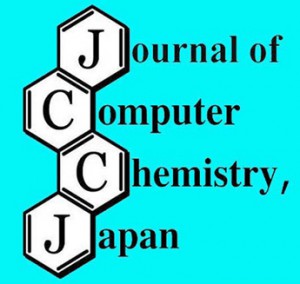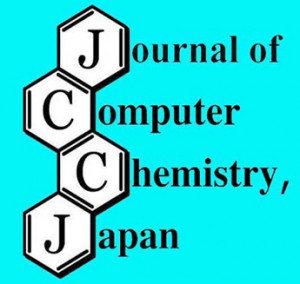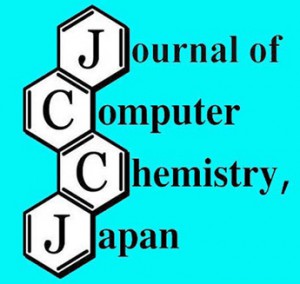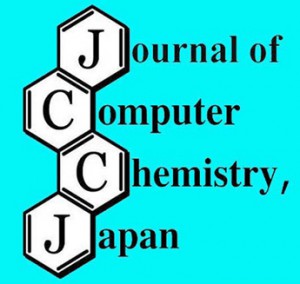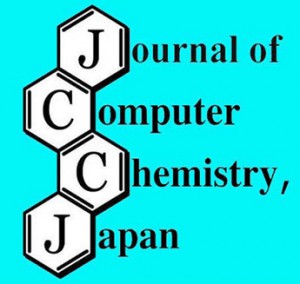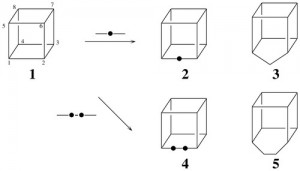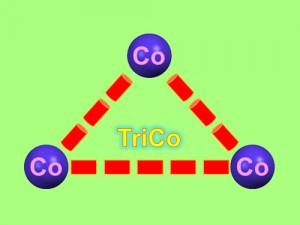[Published online Journal of Computer Chemistry, Japan Vol.14, 196-198, by J-STAGE]
<Title:> スマートフォン対応のAR分子グラフィックス表示アプリケーションの開発
<Author(s):> 宇野 健, 佐々 和洋, 林 治尚, 中野 英彦
<Corresponding author E-Mill:> uno(at)pu-hiroshima.ac.jp
<Abstract:> We developed an AR molecular graphics application for chemical education at secondary level. Flash which can execute on all platforms is used as a programming language for software development for smartphone, which the possession rate of which in junior and senior high school students is high. By developing and mounting the AR function, students can examine molecular graphics in 3D or when they look at a marker printed in a text or a handout just to read. To develop the web interface for making molecular data, the teacher can use molecular graphics in 3D easily when necessary.
<Keywords:> Chemical Education, Secondary education, Molecular Graphics, Augmented Reality, Smartphone
<URL:> https://www.jstage.jst.go.jp/article/jccj/14/6/14_2015-0068/_article/-char/ja/
<Title:> スマートフォン対応のAR分子グラフィックス表示アプリケーションの開発
<Author(s):> 宇野 健, 佐々 和洋, 林 治尚, 中野 英彦
<Corresponding author E-Mill:> uno(at)pu-hiroshima.ac.jp
<Abstract:> We developed an AR molecular graphics application for chemical education at secondary level. Flash which can execute on all platforms is used as a programming language for software development for smartphone, which the possession rate of which in junior and senior high school students is high. By developing and mounting the AR function, students can examine molecular graphics in 3D or when they look at a marker printed in a text or a handout just to read. To develop the web interface for making molecular data, the teacher can use molecular graphics in 3D easily when necessary.
<Keywords:> Chemical Education, Secondary education, Molecular Graphics, Augmented Reality, Smartphone
<URL:> https://www.jstage.jst.go.jp/article/jccj/14/6/14_2015-0068/_article/-char/ja/
